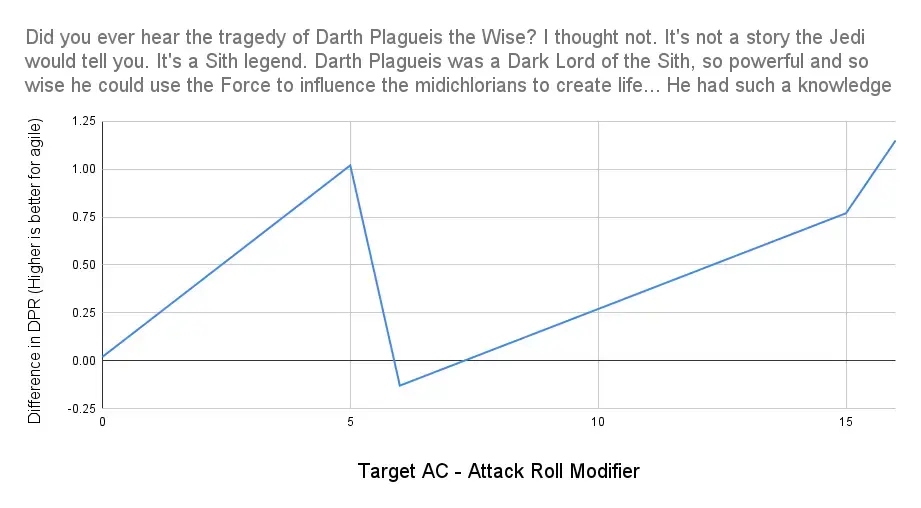You are correct, the agile trait reduces the MAP penalty on its own attack and isn’t dependent on the previous attack being agile.
In general, for a small damage dice size difference, I believe agile is about equal in damage on average. Consider that for an average 1 damage difference between a d6 and d8, agile will miss 5% less and crit 5% more at MAP-4 than a d8 at MAP-5. This difference becomes even greater at MAP-10 vs MAP-8, becoming now actually wholly worth it. However, the value of a third attack is dubious as usual and so while it is strictly better here on average that doesn't mean it's actually worth doing (and if it's not worth doing, then whatever value it has here is most likely to be discarded)
However, a dice size increase is worth roughly two traits (you can see this by comparing average quantity of traits across damage dice size) which means agile is one trait worth two during MAP as it averages out to equal with a weapon of a bigger size.
This means that a d4 weapon with like 5 traits where one of them is agile has a ‘trait’ economy of 6 traits during MAP as it averages a d6 weapon’s damage but still retains the other 4 traits it only gets due to being d4 compared to the 2-3 total that a d6 might have.
I don’t have raw numbers for an extreme example I.e. d12 and a d4 agile but the rule of thumb is it pans out super slightly ahead on average in small dice size differences iirc
EDIT: To note, this doesn't factor in situations like "what if the monster is one hit from death and I need more accuracy to secure that it dies NOW because it's a priority target?" as it is difficult to calculate in whiteboard math, but it's entirely possible that agile pulls ahead with weighted statistics.
Also to note is this doesn't necessarily apply to monsters. They have higher stats for the same level and typically have greater accuracy and their trait economy is different. It's possible that their inflated accuracy makes agile less useful, or that their inflated damage makes the extra crit chance from agile better, but I can't quite say off the cuff.
Still, the TLDR I suppose is that agile is good if it affords you a trait that a weapon of one damage dice size bigger would never have. Say, if you can't get a d6 weapon with Reach, then an agile d4 weapon with Reach is just as good during MAP, but also has reach. That's about it.


